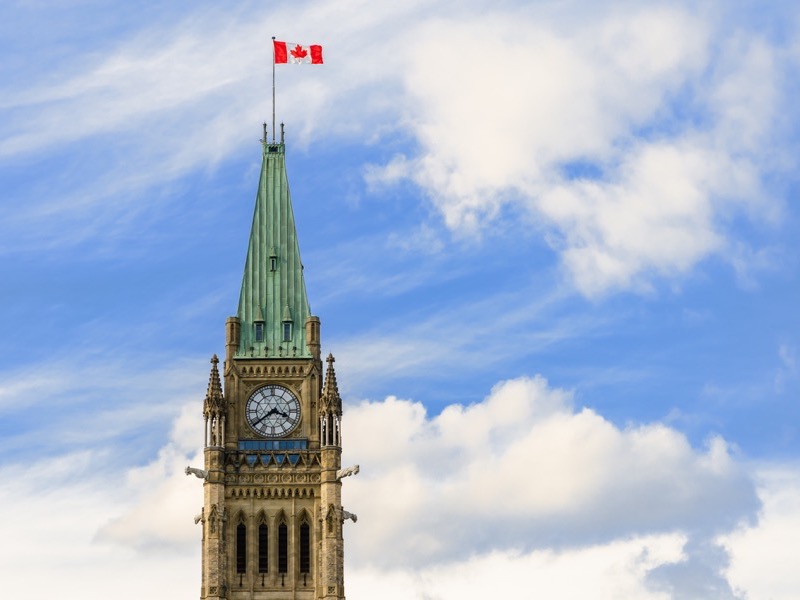
The federal Liberals have more than $85 billion in new spending room from a booming economic rebound and plan to spend some of the windfall on a series of measures aimed at keeping the good growth going.
The 2022 budget released Thursday includes more than $31 billion in new spending over the next five years.
It’s targeted at speeding the flow of goods through the country’s supply chains, boosting housing supply and jolting businesses out of an anemic period of investment.
The new spending has increased the fiscal year’s deficit to $52.8 billion from earlier estimates of $44.1 billion.
Government officials framed the spending as a hedge against near-term economic uncertainty created by Russia’s unprovoked invasion of Ukraine and the sixth wave of the Covid-19 pandemic.
But the Liberals also say the spending is aimed at the long-term as well to address structural issues within the national economy that could hold back growth in the long-term.
It’s why the government is reprofiling $15 billion in existing spending for a new fund designed to lower business investment risk for research and new technologies, $3.8 billion over eight years for a critical minerals strategy, and $450 million over five years to unclog supply chains.
The document also commits to spending money from budgets past by forcing provinces to allocate nearly $7.3 billion in outstanding infrastructure dollars by next March or risk losing the money. Timelines to spend the money have also been pushed back from 2027 to 2033.
Overall, the budget points to a government admitting there are hurdles to Canada’s long-term growth prospects, though falls short of a detailed economic strategy, said Robert Asselin, senior vice-president policy with the Business Council of Canada.
The budget forecasts 3.9% economic growth this year but expects that to slow over the ensuing four years to average 2.9% annual growth in real gross domestic product. Inflation too is expected to fall from 3.9% this year — an upward revision to December’s fiscal update — before starting next year to fall toward the Bank of Canada’s target of 2%.
Unemployment is expected to stay at a low of 5.5% over the forecast horizon.
Economist Armine Yalnizyan, an Atkinson Fellow on the Future of Workers, said the budget was a missed opportunity invest in health-care workers — for example, to keep workers from leaving the care economy that accounts for one-fifth of GDP, and which other workers rely on.
Total spending in this fiscal year will decline to $452.3 billion, including debt servicing costs, from the $497.9 billion in the preceding 12-month period as emergency pandemic aid measures end.
Even with the emergency spending, the budget forecasts the debt as a percentage of the economy will hit 45.1% this year and decline over the coming years, including in a worst-case scenario envisioned in the document.
Randall Bartlett, senior director of Canadian economics at Desjardins, said the government has put some of its financial windfall into the bank for a rainy day given the uncertain environment, and held back on moving ahead with a handful of election promises in this budget.
To pay for some of the new spending, the government is rolling out a tax on excess profits at banks and insurance companies that the Finance Department expects to reel in $6.1 billion over five years. There is also a warning shot to the country’s top earners that the government plans to change their minimum tax with details later this year.
The Liberals are also promising a spending review to find $6 billion in savings over five years. A progress report is promised for next year’s budget.